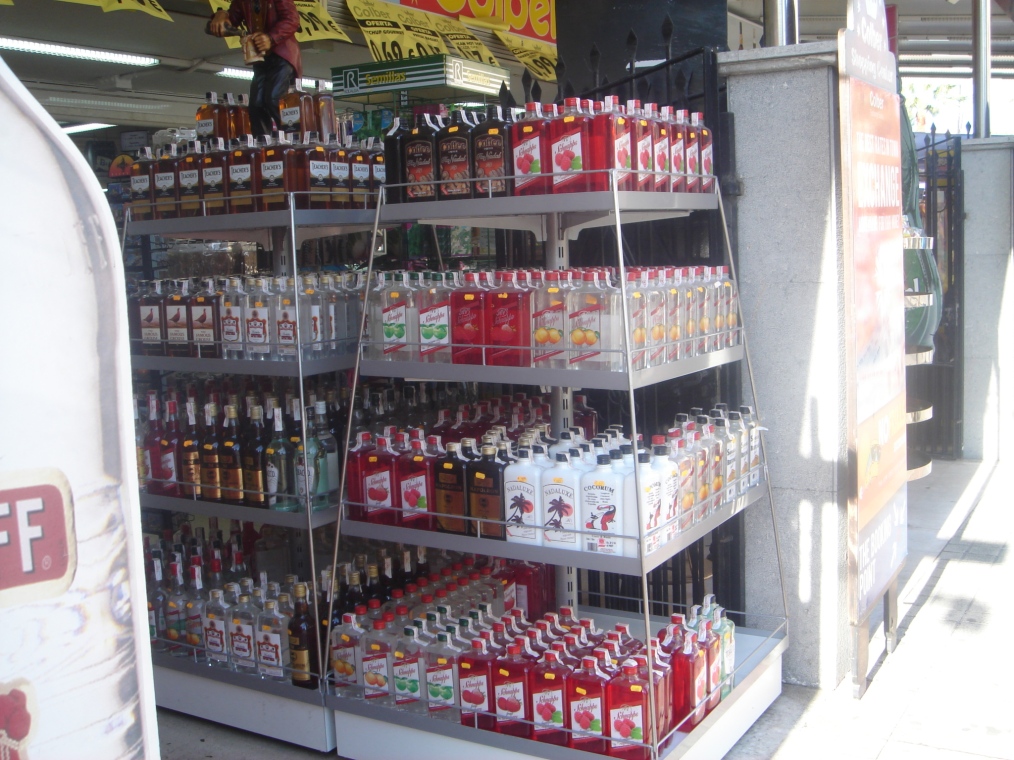I wrote this short piece about Christmas in Spain before I realised I would in fact not be in Spain for Christmas. Nevertheless I hope it might be of some interest to the lovely family coming to Spain to look after my cats whilst I am gone – and anyone else experiencing Christmas in Spain for the first time.
 So here is what I can expect from Spain for Christmas (or Navidades in Spanish). Despite the Chinese Bazar’s being ahead of the game (probably to please their British clientele) – decorations should not appear until December, and if trees are bought into the home, they are put up in mid- December. As well as a tree, some homes may have miniature nativity scenes called Belénes (in fact this was much more of a tradition in Britain when I was growing up in the 1970s than it is today in the UK). In San Pedro del Pinatar, where I live, the Mayor has recently announced a Christmas market between 6-9th December on the main road through town – Avenida Emilio Castelar. I am hoping for some promised Spanish crafts and less imported tat – fingers crossed.[Ed’s note: I went, it was disappointing and not very Christmassy at all]. There are always Christmas markets in Cartagena and Murcia for more authentic Christmas atmosphere.
So here is what I can expect from Spain for Christmas (or Navidades in Spanish). Despite the Chinese Bazar’s being ahead of the game (probably to please their British clientele) – decorations should not appear until December, and if trees are bought into the home, they are put up in mid- December. As well as a tree, some homes may have miniature nativity scenes called Belénes (in fact this was much more of a tradition in Britain when I was growing up in the 1970s than it is today in the UK). In San Pedro del Pinatar, where I live, the Mayor has recently announced a Christmas market between 6-9th December on the main road through town – Avenida Emilio Castelar. I am hoping for some promised Spanish crafts and less imported tat – fingers crossed.[Ed’s note: I went, it was disappointing and not very Christmassy at all]. There are always Christmas markets in Cartagena and Murcia for more authentic Christmas atmosphere.
Despite Christmas being clearly less commercial in Spain, the festive season is usually kicked off by a session of money worship – the biggest lottery draw of the year on the 22nd December. The numbers take hours to draw and it is one of the most watched things on television all year. I don’t think I will be buying a ticket!
Christmas dinner is likely to start with seafood – usually prawns, followed by either roast lamb or turkey (filled with truffles), with a dessert of turrón or polvorones – both sweets made from almonds, washed down with a glass of Cava. The big family Christmas meal is likely to be eaten with much extended family on 24th December – known in Spain as Nochebuena before the main event, which is a visit to church for Midnight Mass. After the service, which includes carols accompanied by drums, tambourines and guitars, the celebrations continue with a noisy walk through the streets, many bringing the musical instruments with them.
On 25th December, when the British celebrate Christmas day, the Spanish nurse hangovers, remain with family, and may go out for a meal. Shops are all closed, but there are no real presents exchanged until January. On the 28th the Spanish celebrate a kind of “April Fools Day” and tricks are played on one another to reveal who is the most “inocente”.
New Year’s Eve or NocheVieja is a big celebration all over Spain. People tend to stay at home until midnight then party in the street or in hotels and clubs. Traditionally the Spanish eat 12 grapes on the 12 strokes of midnights to bring in good luck for every month of the new year.
As in many European countries, Epiphany or Fiesta de Los tres Reyes Mages is celebrated on 6th January – the 12th night after Christmas. The day before sees places all over Spain celebrate with processions of sweet-throwing floats. In San Pedro del Pinatar the “kings” arrive by boat in Lo Pagan and catch the road train to the town centre, showering treats as they go. In the Sierra Nevada it is rumoured the kings can be seen skiing down the mountain. It is believed that the 6th is the day the kings bought presents to baby Jesus, so it is when most Spanish children will open their presents. In recent times, however Papá Noel also brings presents on Christmas Eve. Traditionally on the night of the 5th January Spanish children leave their shoes on their windowsills or doorsteps overnight (or more recently under a Christmas tree) in the hope they will be filled with sweets and treats by the three Kings. A drop of Cognac or fruit is sometimes left for the Kings and even water left for their camels. If the Kings are displeased with the children they might leave coal. Whether you get coal or sweets you are likely to be enjoying a Roscón de Reyes (a ring shaped cake) for breakfast.
Wherever you are in the world – I wish you a Feliz Navidad!











































